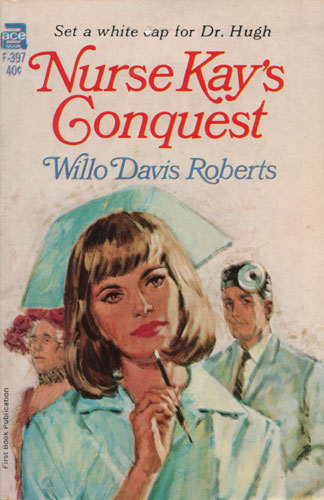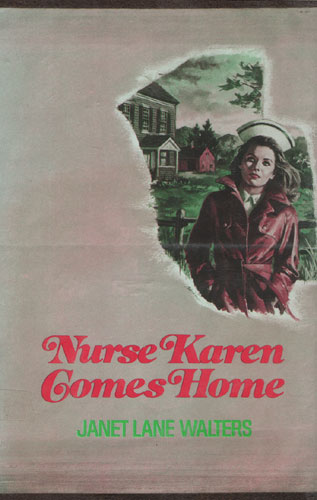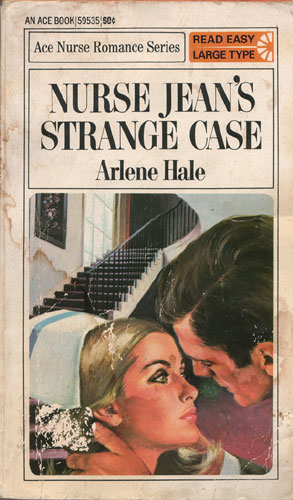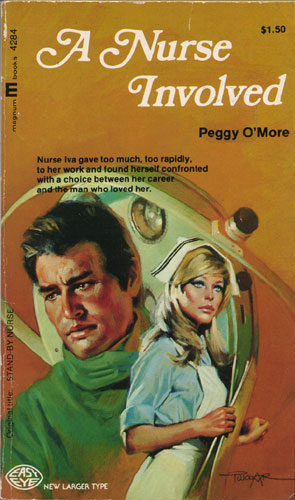Janice Hunt, head nurse of the recovery-room unit at Wentworth Hospital, heard quick footsteps coming down the corridor and glanced up from her desk to see the stout figure of Amanda Dilby hurrying toward her. Janice could tell by the troubled look on the older nurse’s face that there was a crisis of some sort.
Resting a plump hand on the desk, Amanda said, “Mr. Forest has suddenly started to hemorrhage!”
Janice stood up at once. “That’s Dr. Dodge’s patient, isn’t it?”
The older woman nodded. “Yes. The doctor operated on him this morning. He checked on him earlier this afternoon, and the patient was fine then.”
“He’ll probably need a transfusion,” Janice said, her blue eyes wide with concern.
Amanda agreed. “Yes. He’s lost a lot of blood. I’ve called the intern, and he’s in there now trying to cope with it all.”
Relief showed on the attractive face of the young head nurse. “Dr. Cairns?” she asked.
“Yes,” Amanda said.
“That’s good. He’s the most experienced.”
“He happened to be on his rounds,” the older nurse said.
Janice said, “I’d better go see what’s happening.”
“I think you’d better.”
The two nurses strode quickly along the corridor to the recovery room, with its complicated equipment. Eleven patients were recovering from various types of surgery. Janice saw that young Dr. Cairns, assisted by one of the room’s several nurses, had already started a transfusion on the critically ill patient.
Janice crossed to the young intern’s side. “How is it going?”
Dr. Cairns, slender with a rakish brown mustache, gave her a reassuring smile. “Everything under control now. But it’s lucky I was here. He lost an incredible amount of blood in a short time.”




